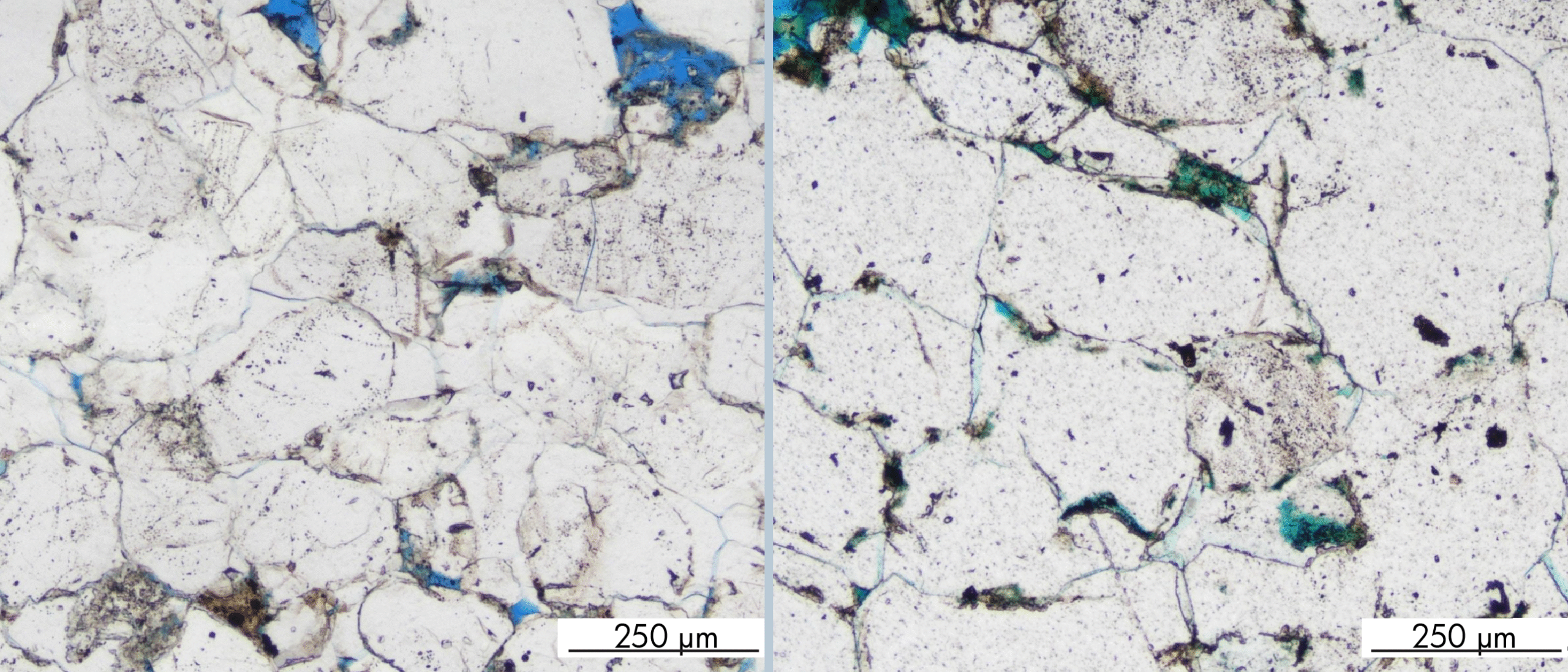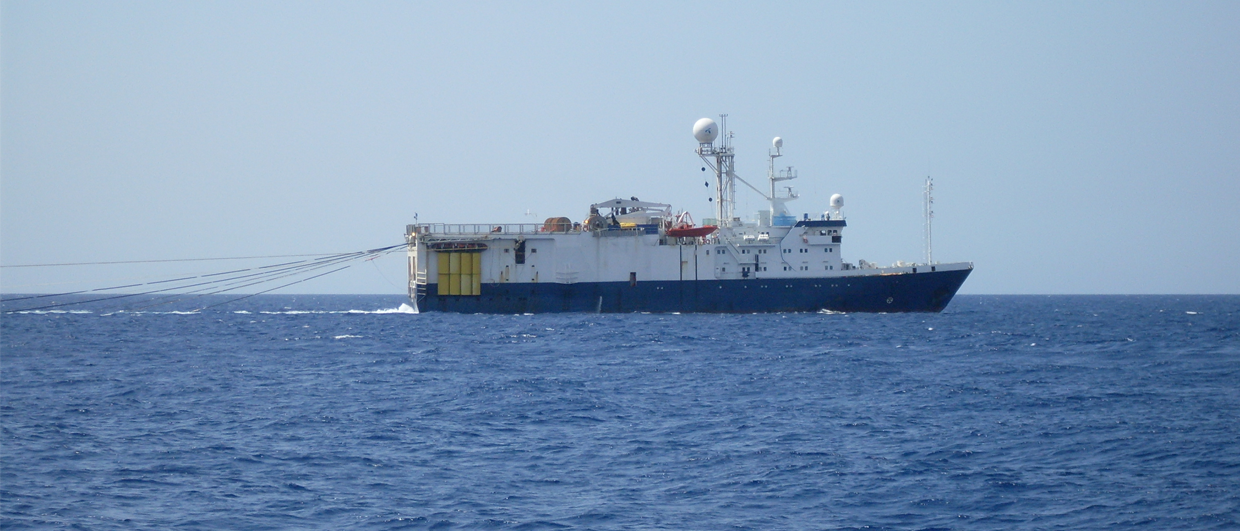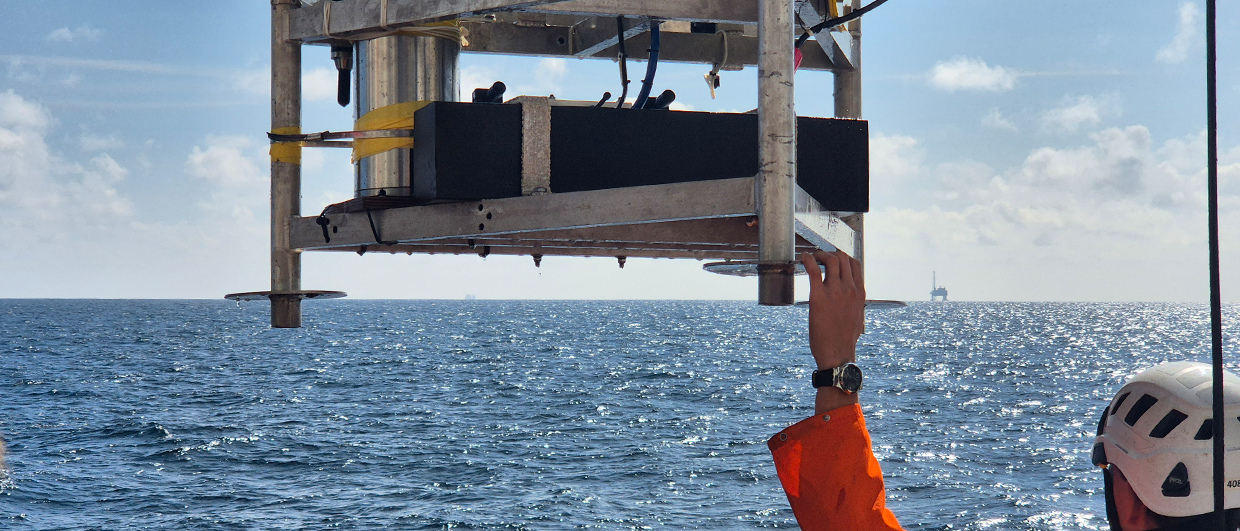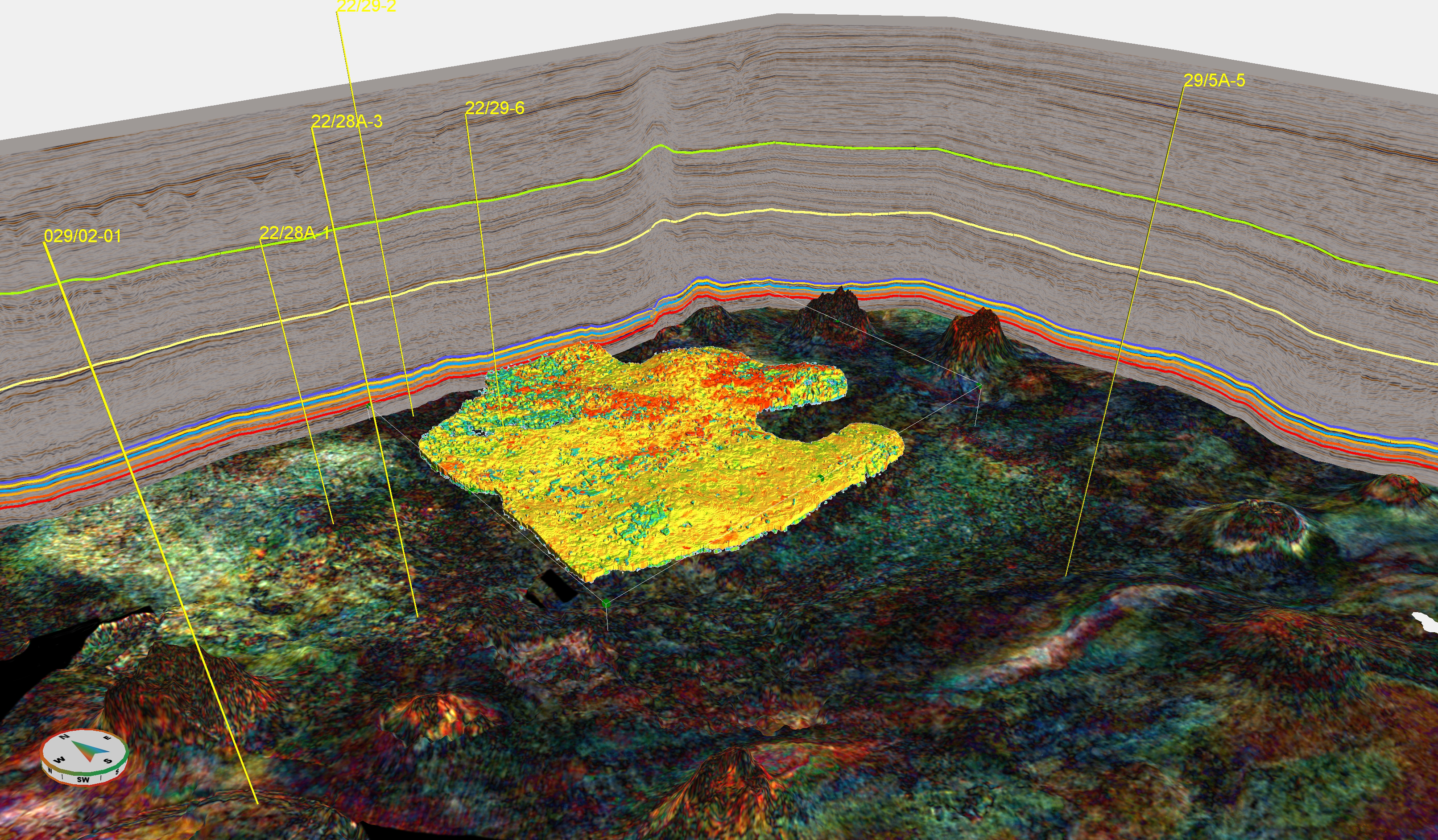The industry now seems to recognize the high value discoveries, i.e. smaller discoveries near existing fields that can rapidly be put into production at low cost.
The success rate for drilling these prospects is also generally high, around 60% for drilling in old numbered licences vs. APA licences and frontier exploration with around 20%. See more statistics for example in GEO 08/2018.
These high value discoveries are in contrast to larger sized volume discoveries, that will be less frequent and where production would be further out in time.
Exploration value creation analysis is based on the value of discoveries made less the cost of finding these. The illustration shows this analysis for the years since 2005.
The economic value of a discovery can be estimated using a “typical” reserves value in USD/boe, after tax, applied to the discovery volume. The reserve value should reflect the net present value or a market value of the discovery at the current time. Going forward, the reserves value may change as the discovery is matured towards a possible development decision.
For 2019 (to November), 16 discoveries have been made on the NCS, of which at least 11 are likely to be commercial discoveries, which implies a commercial success rate of more than 30%. The discovered, commercial volumes are 579 mill boe, with a range of 330-890 mill boe. The average reserves value applied to these is 2.6 USD/boe. Higher reserves values, in the range of 4 to 6 USD/boe are used for discoveries that are clearly commercial and/or will commence production shortly. For 2019, the discoveries Echino South (69 mill boe midpoint estimate), Shrek (28 mill boe) and the Oseberg Statfjord Fm (22 mill boe) have been assigned a reserves value of 4 USD/boe.
The combined, total value for the 2019 discoveries to date is then estimated to be USD 1,490 mill. The exploration spend in 2019 is estimated to be USD 597 mill (pro rata for year to date) and the net value created is then USD 893 mill. Furthermore, the implied, average return on exploration spend is then 2.5 x (the value of discoveries divided by the exploration spend). These assessments should be seen as conservative, the valuations may increase when development decisions are made.
Overall, exploration activity and results on the NCS in 2019 have demonstrated the importance of high value discoveries. 2019 is already the best year for value creation in the last 8 years, i.e., since the discovery of Johan Sverdrup.
ANDERS WITTEMANN
Wittemann E&P Consulting






